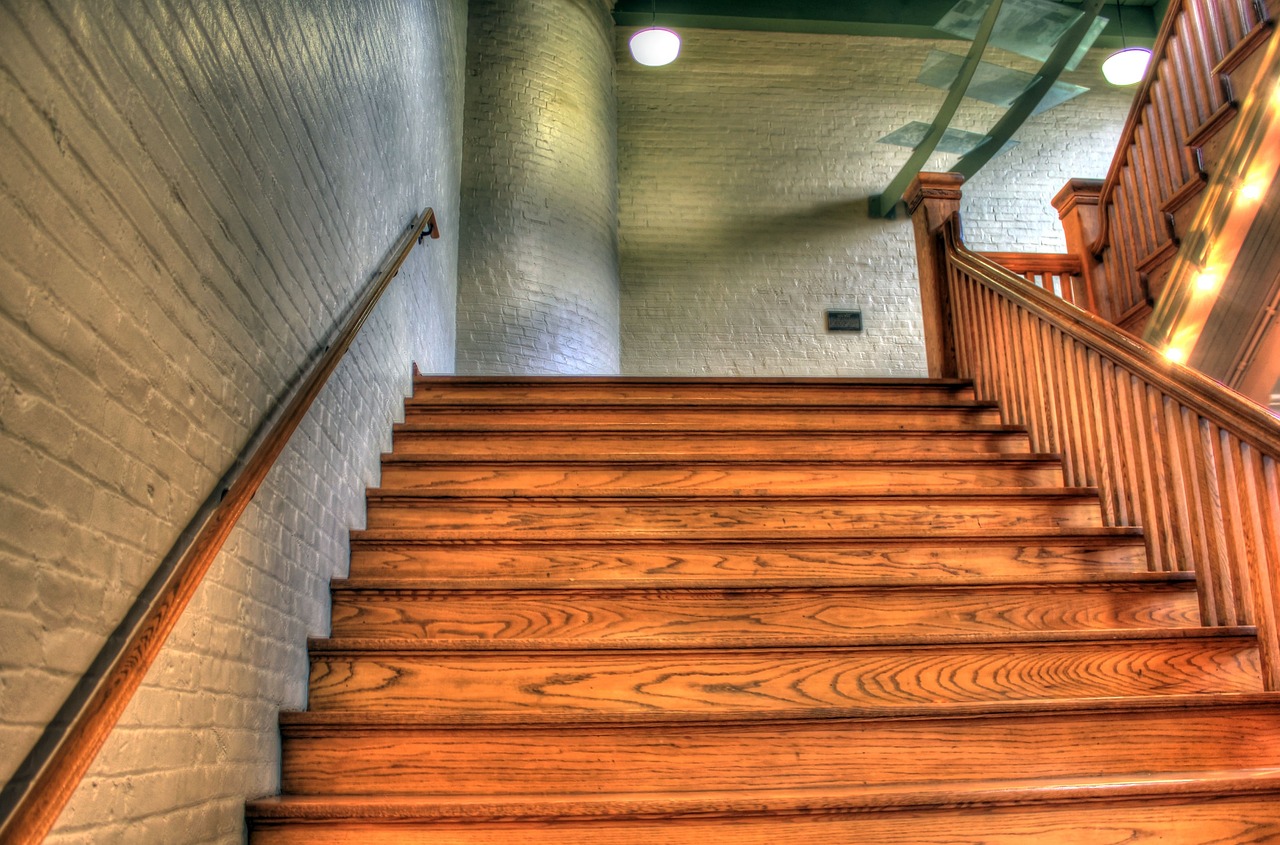
Securing loose stair components or fitting new ones requires permanent and strong bonding to keep each one firmly in place.
An excellent method for achieving this is using adhesives or wood glue, which offers simple application, rapid drying, and is inconspicuous when applied correctly.
Within this article, the stair part specialists at Stair Crazy offer their comprehensive understanding of adhesives and why they’re such a reliable choice for affixing stair components.
What exactly is an adhesive?
As an alternative to screws and nails, adhesives or wood glues are bonding solutions that firmly attach stair components in place. They prove invaluable for installing new staircases and replacing worn-out parts that are no longer functional.
Stair elements that can be effectively affixed using adhesives include:
- Spindles
- Newel posts and caps.
- Handrails
- Base rails
- Wooden stair treads
The advantages of choosing adhesives over other fastening methods
Typically, during the installation of wooden stair elements, there are three fixing options to choose from nails, screws, or adhesives.
But what sets adhesives apart as the better choice?
Comparable strength and durability
Given the daily foot traffic your staircase needs to withstand from adults, children, and pets, modern wooden adhesives boast superb resilience.
These adhesives endure constant weight and pressure yet prevent parts from loosening or detaching—a concern with nails and screws. This strength makes adhesives ideal for staircase construction when compared to the other methods.
Easy application
Applying adhesive doesn’t require specialised skills. Unlike the precision and tools needed to install screws and nails, anyone can easily apply adhesives.
When dealing with treads, apply adhesive along the stair’s back where it meets the riser and leave to dry before using the stairs.
For components like newel posts and caps, handrails, base rails, or spindles, apply adhesive at each joining point and allow sufficient drying time.
Our top tips for tidy glue application!
- Clean the area surrounding the staircase well to ensure dust-free conditions, perfect for applying adhesive.
- Apply an appropriate layer of adhesive, avoiding excessive amounts to prevent unsightly drips and prolonged drying times.
- To ensure a sturdy finish, you should clamp the staircase parts together while the glue is wet – this guarantees tight locking upon drying, making the fixing even more stable.
Efficient drying
Wood glues typically boast speedy drying times, eliminating extended waiting periods before using the staircase.
Plus, as you don’t need to worry about measuring where you will position each nail, you’ll save time during installation when using glue.
Discreet application
Unlike nails or screws, which become visible externally once secured, an adhesive remains hidden afterwards – this preserves the stunning appearance of your wooden staircase and enhances its finish.
Verdict on stair adhesives
Stair adhesives bring many benefits to stair installation or restoration, including:
- Establishing a robust bond
- Effectively securing wooden stair components
- Making installation quicker
- Negating the need for extra equipment
Modern stair adhesives present a reliable solution to gaining a steadfast and aesthetically pleasing staircase if applied carefully and competently – increasing the lifespan of your staircase.
You may be interested in: How Hot Melt Adhesives Have Revolutionized Industry
